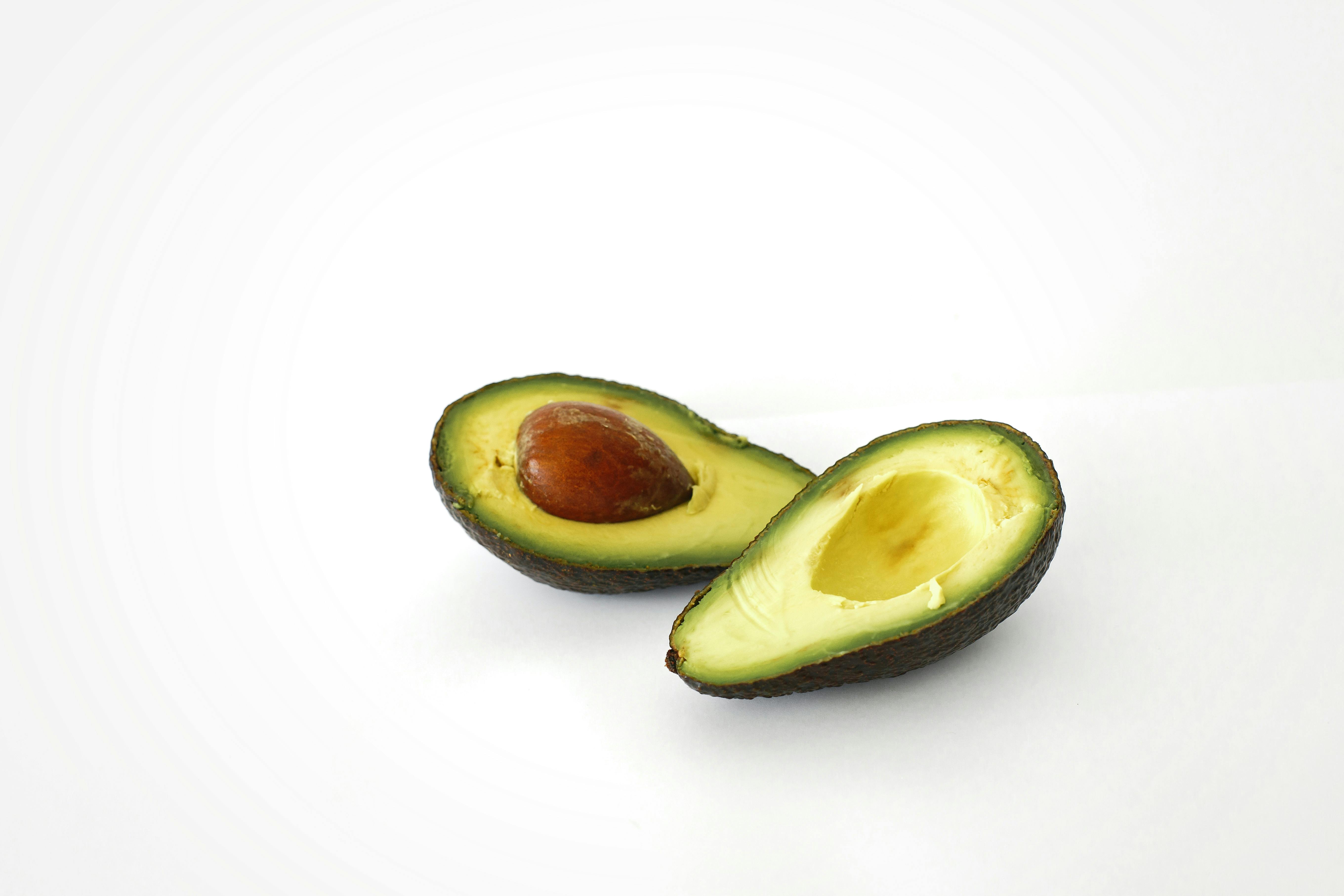Apply Now
Essential Guide to Evidence Starters in 2025
As we venture into the evolving landscape of 2025, the importance of effective evidence starters in writing cannot be understated. In a world where information flows freely and credibility is paramount, understanding how to use evidence—whether through documentation, testimony, or data analysis—can significantly enhance the persuasiveness of your arguments. This guide delves into various facets of evidence starters, empowering you to effectively articulate your points with clarity and confidence.
The benefits of incorporating strong evidence in your writing are manifold. Not only does it bolster your assertions with credible support, but it also enables readers to grasp the rationale behind your conclusions. Through well-chosen examples and robust data, your arguments become more than just claims—they transform into compelling narratives grounded in solid proof. This article will roadmap the essentials, from types of evidence to their application, helping you navigate the complexities of evidence-based writing in 2025.
Understanding Different Types of Evidence
Building on the premise that evidence is crucial for effective writing, it's essential to recognize the various types available to support your claims. Familiarizing yourself with these distinctions can significantly influence the impact of your writing.
Primary vs. Secondary Evidence
Primary evidence refers to original materials or firsthand accounts directly related to your topic, while secondary evidence interprets or analyzes primary evidence. Understanding when to use each type can enhance the credibility of your argument. For instance, if discussing scientific findings, citing original research studies as primary evidence is robust and direct. Conversely, using reviews or meta-analyses as secondary evidence can provide broader context.
Qualitative vs. Quantitative Evidence
Evidence can also be classified based on its nature: qualitative or quantitative. Qualitative evidence provides descriptive insights, often bringing human experiences and emotions into play, while quantitative evidence offers numerical representation, lending itself to statistical validation. Depending on your topic, employing a blend of both can create a well-rounded argument.
Digital and Forensic Evidence
In the age of technology, digital evidence—from email communications to social media posts—serves as a vital component in many discussions. Additionally, forensic evidence plays a crucial role in legal contexts, where physical evidence may substantiate claims or reconstruct events. Being aware of these modern forms of evidence allows for a nuanced approach to your writing.
Strategies for Effective Evidence Presentation
With an understanding of different evidence types, it's now crucial to explore how to present that evidence effectively within your writing. The manner in which you showcase your evidence can greatly influence the readers' perceptions.
Clear Structure and Flow
Organizing your evidence within a structured framework enhances readability and understanding. Begin with a clear assertion followed by supporting evidence. For example, state your claim, then introduce relevant data or testimonials to back it up. This strategy keeps your narrative coherent and guides the reader smoothly through your argument.
Utilizing Credible Sources
The reliability of your evidence stems from the credibility of its sources. Citing established research, authoritative figures, or well-regarded industry publications strengthens your claims. Remember to verify the authenticity of your sources, as weak evidence can undermine an otherwise strong argument.
Integrating Evidence with Analysis
Presenting evidence without analysis can leave your readers questioning its significance. Always integrate commentary that highlights the implications of your evidence. For instance, if you present statistical evidence, explain what it reveals about the trends within your topic. This analytical layer solidifies the connection between your evidence and your conclusions.
Evaluating the Quality of Evidence
As you present evidence in your writing, it’s imperative to evaluate its quality critically. The strength of your argument depends on how rigorously this assessment is carried out.
Scrutinizing the Relevance of Evidence
Not all evidence holds the same weight; some may be more relevant than others to your specific assertion. Assessing the relevance involves asking whether the evidence directly supports your claim and whether it aligns with current standards and criteria within the field.
Understanding Strength and Weakness of Evidence
Each piece of evidence you'll gather can impart varying levels of strength depending on its context and application. Strong evidence generally arises from rigorous processes, such as peer-reviewed studies, while weak evidence may stem from anecdotal accounts lacking substantiation. Always balance your claims with an acknowledgment of evidence weaknesses.
Engaging in Evidence Synthesis
Evidence synthesis involves merging multiple pieces of evidence to construct a broader understanding of your topic. This approach can make your argument more robust by demonstrating a consensus among various sources of evidence. Consider drawing on diverse evidence types—like anecdotal and statistical—to illustrate a more comprehensive viewpoint.
Common Challenges in Evidence Usage
Navigating through evidence can present various challenges. Identifying these hurdles is the first step toward developing effective strategies to overcome them.
Handling Contradictory Evidence
In many debates, contradictory evidence will inevitably emerge. Whether through differing studies or opposing testimonials, addressing contradictions head-on enhances your credibility. Present the conflicting evidence and provide a rationale for your stance, clarifying how your chosen evidence remains valid despite other viewpoints.
Overcoming Evidence Gaps
Evidence gaps can hinder your argument's strength, particularly in emerging fields or topics lacking extensive research. When faced with limited evidence, it can be beneficial to acknowledge these gaps openly and suggest areas for further inquiry. This transparency fosters trust and demonstrates a thorough understanding of the topic.
Coping with Evidence Overload
Conversely, an excess of evidence can overwhelm readers and dilute your primary message. Prioritize concise and relevant evidence that directly supports your assertions. Curate your evidence pool and focus on the most impactful examples, ensuring clarity and focus in your writing.
Conclusion: The Future of Evidence-Based Writing
As we look toward the future, the importance of mastering evidence starters remains paramount in enhancing the reliability and persuasiveness of your arguments. The ability to select, analyze, and present evidence effectively evolves as the landscape of information and inquiry progresses. By applying the principles outlined in this guide—understanding types of evidence, strategies for presentation, quality evaluation, and addressing challenges—you'll not only boost your confidence in your writing but also significantly enhance your credibility.
Incorporating diverse types of evidence forms a solid foundation for informed decision-making and critical thinking. Embrace these strategies in your writing endeavors, and witness a transformation in how your arguments resonate with your audience.




